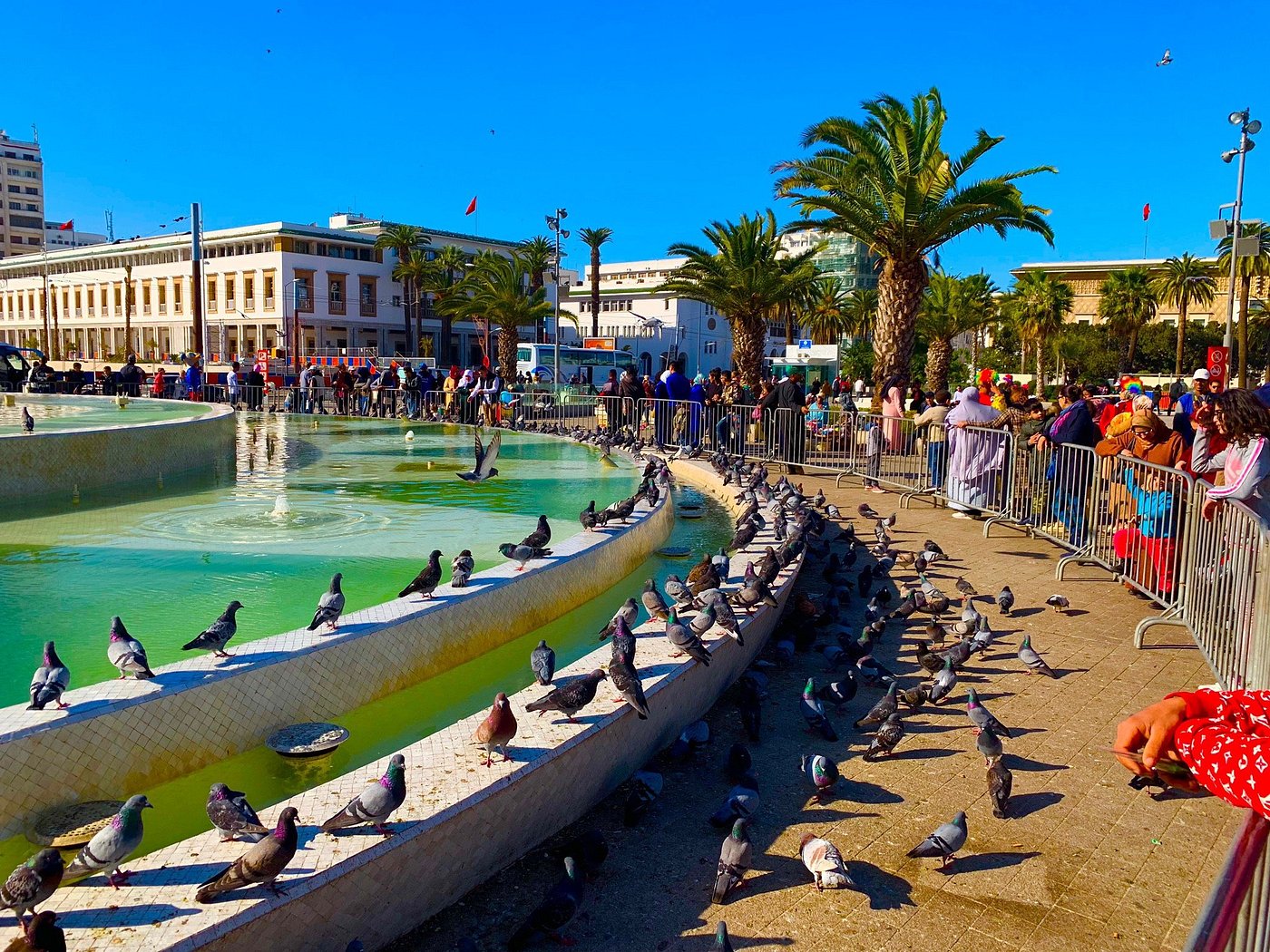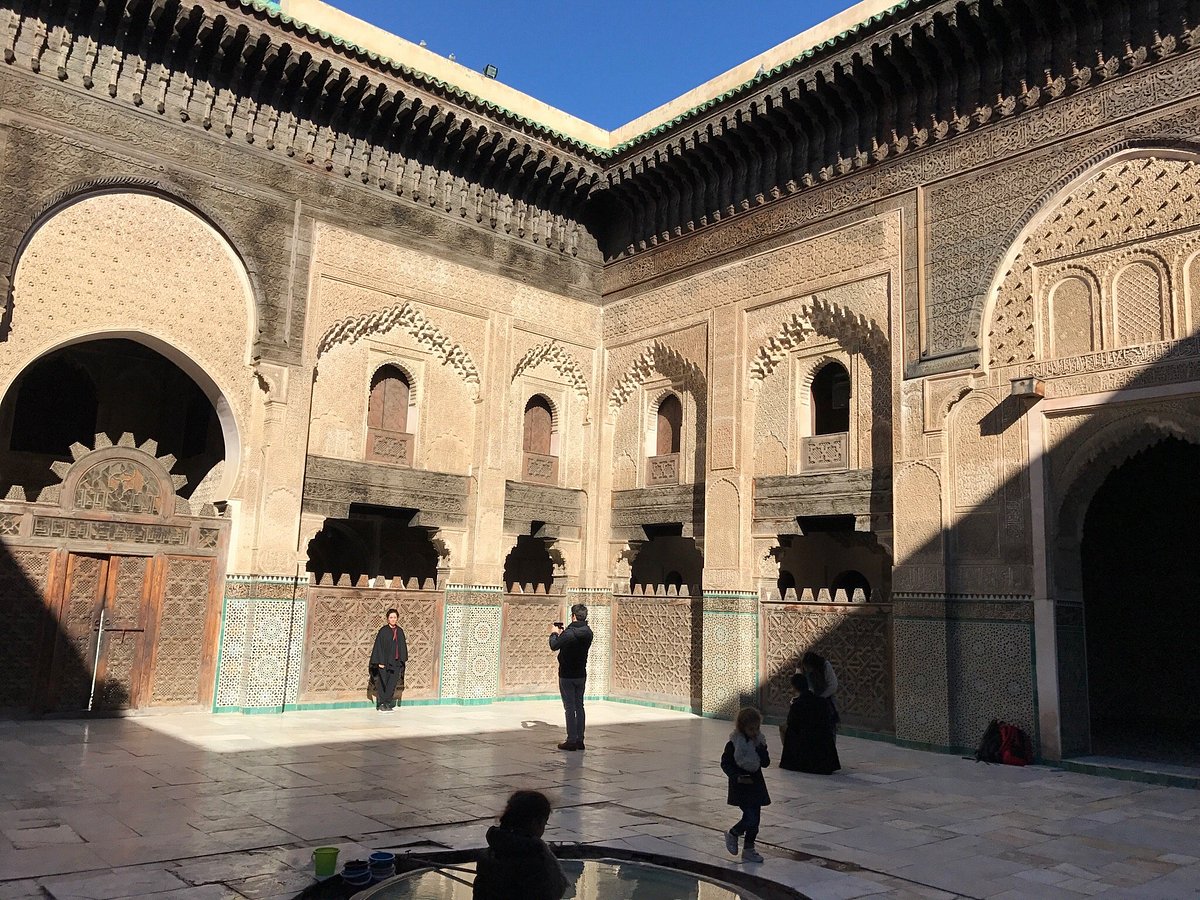
Merzouga Camel Trekking: What to Expect and How to Prepare
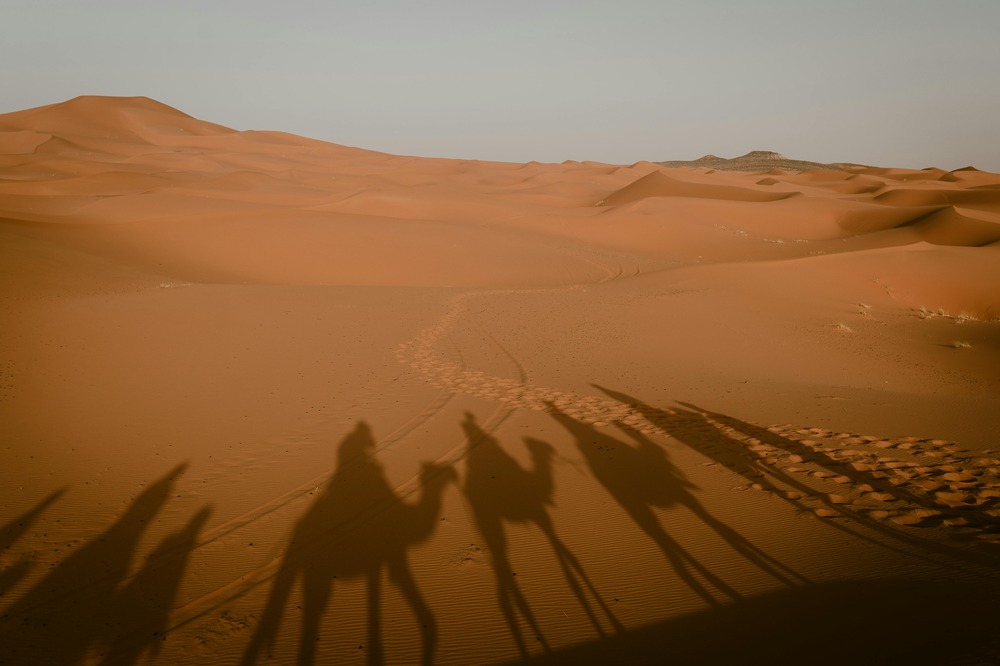
The golden dunes of Merzouga, a small village in southeastern Morocco, offer one of the most authentic Sahara Desert adventures available to travelers. Nestled at the edge of the majestic Erg Chebbi dunes, Merzouga serves as the gateway to an experience that has captivated explorers for centuries: camel trekking across the Sahara's sweeping landscapes.
Camel trekking in Merzouga isn't just a mode of transportation—it's a journey into the heart of desert culture and a connection to an ancient way of traversing these vast sand seas. The towering Erg Chebbi dunes, reaching heights of up to 150 meters, create a mesmerizing backdrop for what many travelers describe as the highlight of their Moroccan adventure.
Unlike the hurried pace of modern travel, a Sahara Desert adventure on camelback invites you to slow down and experience the desert's rhythms, sounds, and ever-changing light in a profoundly immersive way. Whether you're planning a short sunset trek or a multi-day expedition, this guide will prepare you for an unforgettable journey across one of earth's most captivating landscapes.
What to Expect During a Camel Trek in Merzouga
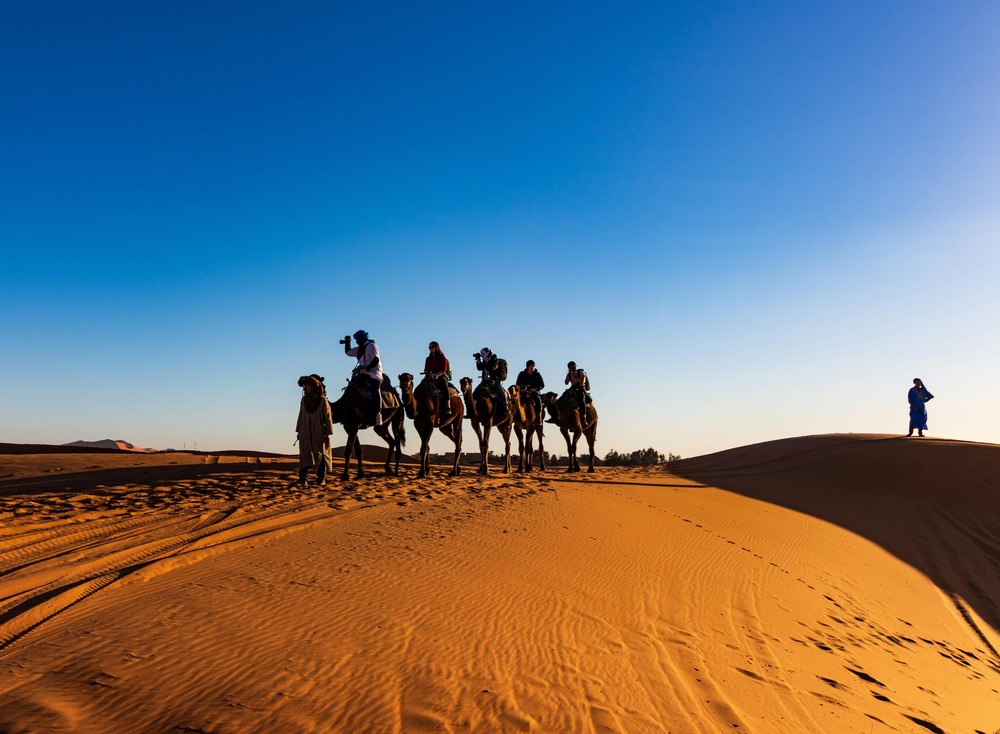
The Camel Ride Experience
Camel trekking in Merzouga begins with meeting your desert companion—the dromedary camel (one-humped camel native to North Africa). Don't be intimidated by their size; these "ships of the desert" have been domesticated for thousands of years and are guided by experienced handlers called "camel drivers" or "chamelier" in French.
Mounting a camel is an adventure in itself. Your camel will kneel for you to climb aboard, but hold on tight as they rise first from their back legs (creating a dramatic forward tilt) before straightening their front legs. The traditional saddle, often covered with colorful blankets, provides basic comfort, though it's considerably different from horseback riding.
The pace of a camel trek Merzouga is unhurried—camels typically walk at 3-4 kilometers per hour, allowing you to fully absorb the desert scenery. The gentle, swaying motion has been compared to the rocking of a boat, and while initially unfamiliar, most travelers adapt quickly to this distinctive rhythm.
The Terrain and Landscape of Erg Chebbi
As you venture into the Sahara Desert on your camel trek, the landscape transforms dramatically. The Erg Chebbi dunes present a constantly shifting terrain of rippled sand formations sculpted by wind. These massive dunes can extend for miles, creating an ocean of sand that changes color throughout the day—from bright gold at midday to rich orange and deep red at sunset.
The silence of the desert is profound, occasionally interrupted only by the soft padding of camel hooves on sand and the whisper of wind reshaping the dunes. Your guide will likely point out desert wildlife—perhaps tracks of desert foxes, gerbils, or the occasional desert bird soaring overhead.
Most camel trek Merzouga experiences include stops at scenic viewpoints where you'll dismount to capture photographs, climb dunes on foot, or simply sit in contemplative silence as the vast landscape stretches to the horizon in every direction.
How to Prepare for Camel Trekking in Merzouga
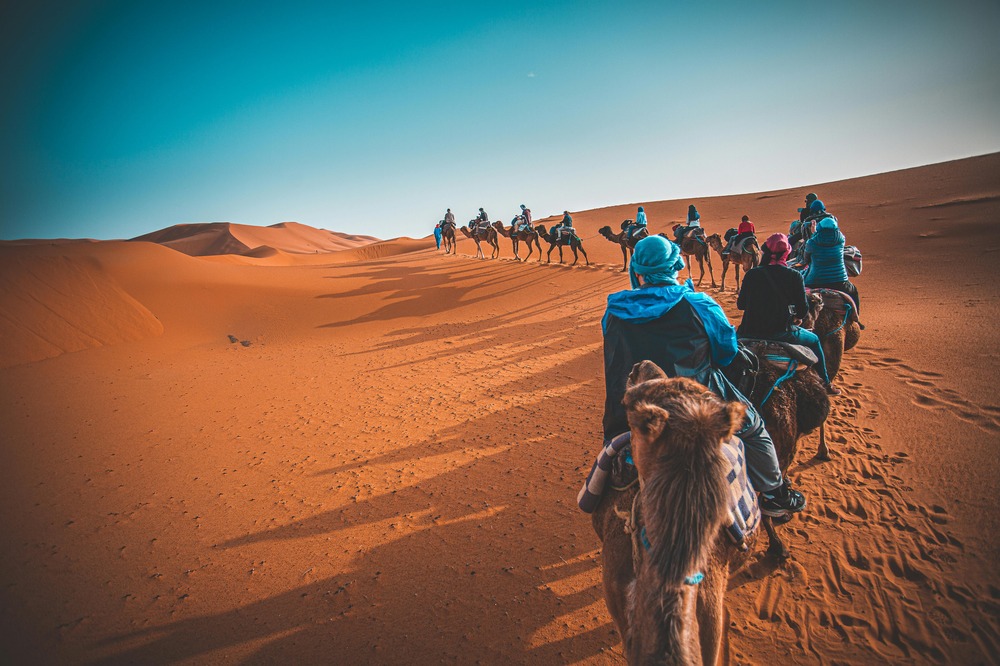
Clothing and Gear Recommendations
Proper attire is essential for camel trekking preparation in the desert environment:
- Loose, lightweight clothing that covers your skin provides protection from both sun and occasional sand abrasion
- Long pants are preferable to shorts for comfort on the camel saddle
- A light long-sleeved shirt offers sun protection without overheating
- A scarf or shemagh serves multiple functions: sun protection, shield against blowing sand, and warmth in cooler hours
- Sunglasses to protect eyes from intense light and occasional sand
- A wide-brimmed hat or cap with neck protection
- Sturdy, closed shoes rather than sandals for dismounting and walking in sand
Staying Hydrated and Protected from the Sun
The desert's arid climate demands serious attention to hydration and sun protection:
- Water bottle (at least 1.5 liters per person for day treks; your guide will provide additional water for longer journeys)
- High SPF sunscreen applied generously and frequently
- Lip balm with sun protection
- After-sun lotion for soothing skin in the evening
What to Pack for Your Camel Trek
Beyond clothing, several Merzouga desert essentials will enhance your experience:
- Camera (with dust protection such as a sealable bag)
- Power bank for recharging devices
- Small day pack for personal items
- Wet wipes for freshening up
- Hand sanitizer
- Basic first-aid supplies including blister treatment
- Flashlight or headlamp for navigating camp after dark
- Light sleeping bag or sleep sheet if staying overnight (many camps provide bedding, but having your own adds comfort)
- Toilet paper and a small bag for carrying out waste
Pack minimally as space on camelback is limited, and excess weight affects both your comfort and the camel's.
The Best Time to Go Camel Trekking in Merzouga
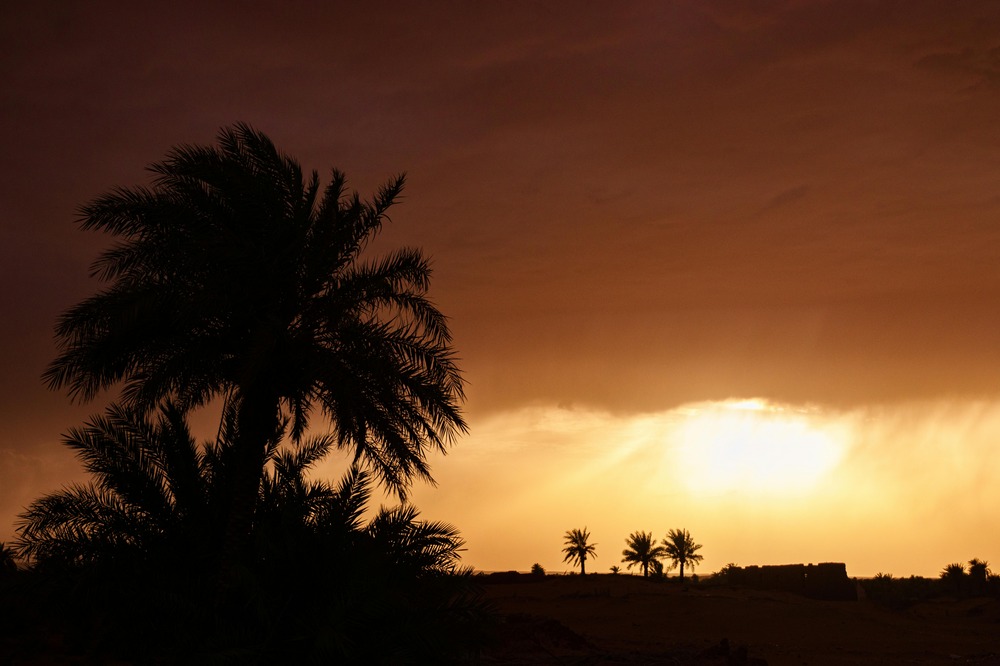
Camel Trekking in Summer vs. Winter
Merzouga desert weather varies dramatically by season, significantly affecting your trekking experience:
Summer (June to August):
- Daytime temperatures regularly exceed 40°C (104°F)
- Trekking typically limited to early morning or late afternoon
- Night temperatures remain warm around 20-25°C (68-77°F)
- Fewer tourists but challenging heat conditions
- Not recommended for first-time desert travelers
Winter (December to February):
- Pleasant daytime temperatures of 15-20°C (59-68°F)
- Cold nights dropping to 5°C (41°F) or below
- Clear skies perfect for photography
- Extra warm layers essential for overnight stays
- Popular with travelers seeking comfortable conditions
Ideal Weather for Camel Treks in Merzouga
The best time for camel trekking in Merzouga falls within the shoulder seasons:
Spring (March to May):
- Moderate temperatures ranging from 20-30°C (68-86°F)
- Occasional wildflowers in early spring
- Generally clear skies with impressive visibility
- Comfortable overnight temperatures
- Moderate tourist numbers
Fall (September to November):
- Similar temperature range to spring
- Stable weather patterns with minimal wind
- Spectacular clarity for photography
- Comfortable temperatures for both day and night treks
- Moderately busy with tourists
Avoid the occasional rain showers in April and the sporadic sandstorms most common in February and March. For the perfect balance of comfortable temperatures and minimal crowds, October and early November offer ideal conditions.
What to Expect After Your Camel Trek: Desert Camps and Stargazing
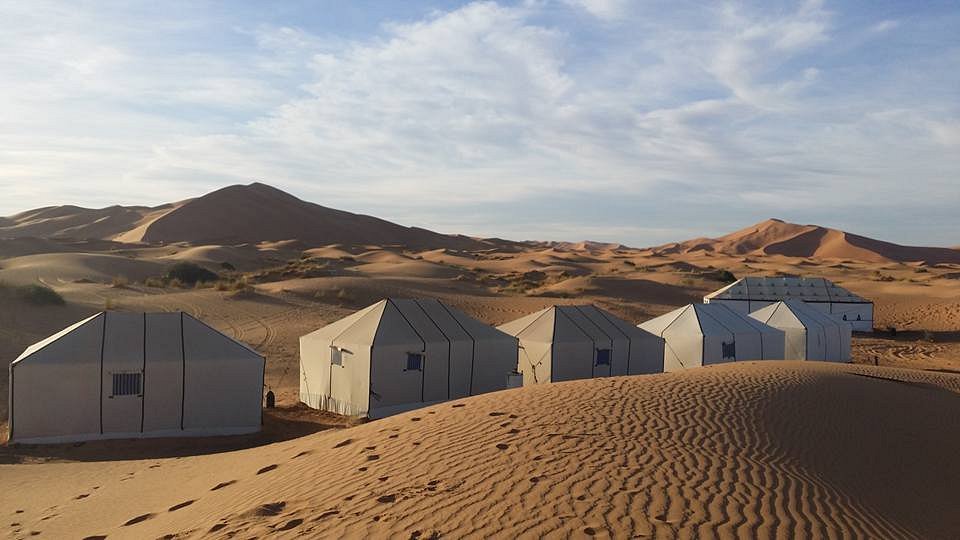
Overnight Desert Camps and Accommodation Options
An overnight trek Merzouga typically culminates at a desert camp nestled among the dunes, where you'll experience traditional Berber hospitality. These Sahara desert camps range from basic to luxurious:
Standard camps feature:
- Traditional Berber tents made of woven camel hair or canvas
- Simple mattresses with clean bedding
- Shared bathroom facilities (often behind dunes with basic privacy)
- Traditional Moroccan dinner and breakfast
- Evening entertainment with drum music around a campfire
Luxury camps offer enhanced amenities:
- Spacious tents with proper beds and quality linens
- Private bathroom facilities with shower options
- Gourmet Moroccan cuisine
- More elaborate entertainment with traditional music
- Sometimes even air conditioning or heating depending on season
Most camps are designed to reflect traditional Berber aesthetics while providing necessary comforts for international travelers.
Stargazing in the Sahara
Perhaps the most magical aspect of an overnight stay is Merzouga stargazing. Far from light pollution, the Sahara Desert offers one of the world's most spectacular night sky displays. After sunset, the sky transforms into a canopy of stars with clarity rarely experienced in urban environments.
During summer months, the Milky Way stretches visibly across the sky, while winter brings crisp visibility of constellations. Many guides are knowledgeable about basic astronomy and can point out major features of the night sky. Bring a star-identification app (downloaded before your trek, as connectivity is limited) to enhance this experience.
The combination of absolute silence, the silhouettes of dunes against the star-filled sky, and the sheer number of visible celestial bodies creates a profoundly moving experience that many travelers cite as their most cherished memory of Morocco.
Tips for a Successful Camel Trek in Merzouga
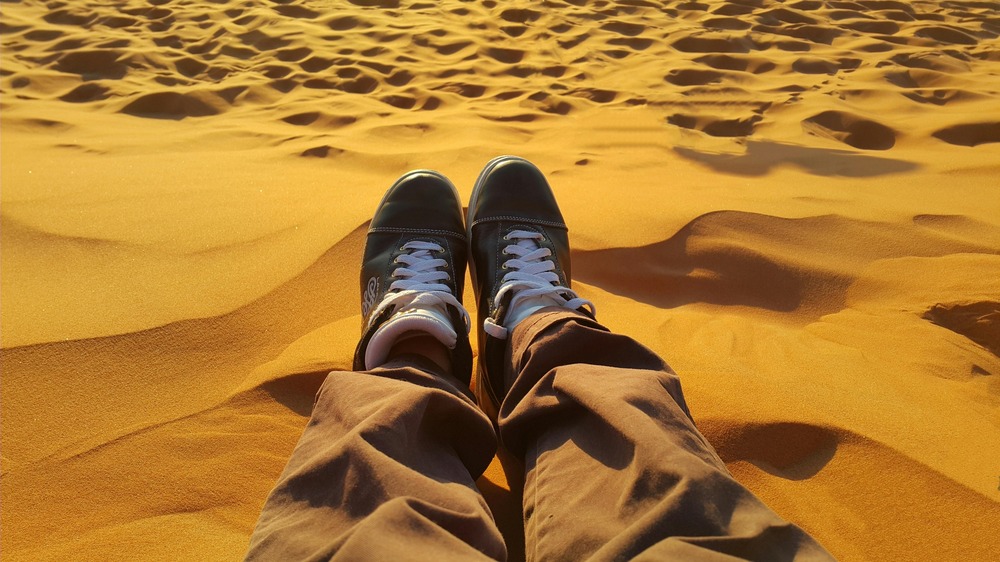
Stay Calm and Enjoy the Journey
These Merzouga camel trekking tips will help you embrace the experience fully:
- Adopt a relaxed posture on the camel, allowing your body to move with its rhythm rather than fighting it
- Take frequent photographs but also set aside time to simply experience the moment without technology
- Ask questions of your guide about desert life, cultural traditions, and camel behavior
- Respect silence when appropriate—the desert's quiet is part of its magic
- Be patient with the pace; desert travel is about the journey, not rushing to a destination
Tips for First-Time Camel Riders
For those on their first-time camel trek:
- Hold the saddle horn firmly when your camel stands up or sits down
- Listen carefully to your guide's instructions about mounting and dismounting
- Expect some muscle soreness in your inner thighs and lower back after riding
- Don't make sudden movements that might startle your camel
- Bring a small cushion or folded sweater if you're concerned about saddle comfort
- Trust your camel and guide—they know the desert environment intimately
Conclusion:
Camel trekking in Merzouga offers far more than just transport across sand dunes—it's a journey into Morocco's cultural heritage, a connection with an ancient landscape, and an opportunity to experience the desert's transformative silence and beauty. From the gentle sway of your camel's gait to the explosion of stars above your desert camp, each element of this adventure creates memories that will endure long after you've departed the Sahara.
The contrast between the physical challenges of desert travel and the profound moments of peace it provides creates a uniquely balanced experience. Whether you're watching the sun set from atop a massive dune, sharing tea with Berber guides, or simply marveling at the geometric perfection of wind-sculpted sand, Merzouga's desert landscape has a way of recalibrating your perspective on what matters in life.
For travelers seeking authentic experiences that combine natural wonder, cultural immersion, and gentle adventure, few journeys compare to crossing the legendary dunes of Erg Chebbi by camelback. Book your Merzouga camel trek today and prepare for an adventure that connects you to both an ancient landscape and a timeless way of experiencing it.

Lynne
Hi, I’m Lynne, a passionate travel writer and local expert at thingstodo.ma. With years of experience exploring Morocco, I love sharing insider tips and guides to help you discover the country’s hidden gems. Whether it's the lively streets of Marrakech or the peaceful shores of Essaouira, I’m here to make sure you experience the very best of what Morocco has to offer. Join me on this journey, and let's explore together!
Related content
Interdum et malesuada fames



